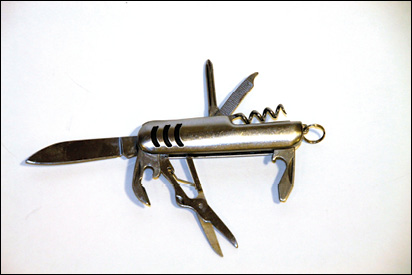The U.S. Navy SEAL
Guide to
Survival Kits
Learn the survival techniques and
strategies of americas
elite warriors
Don Mann
and Ralph Pezzullo
Skyhorse Publishing

U.S. Military Survival Kits
The U.S. military has several types of basic survival kits, which are issued primarily to aviators. There are kits for cold climates, hot climates, and overwater. There is also an individual survival kit that contains a general packet and a medical packet. The cold climate, hot climate, and overwater kits are held in carrying bags and normally stowed in the aircrafts cargo/passenger area. The armys survival kits contain the following:
Cold Climate Kit
- Attaching strap
- Compressed trioxane fuel
- Ejector snap
- First aid kit
- Food packets
- Frying pan
- Illuminating candles
- Insect head net
- Kit, inner case
- Kit, outer case
- MC-1 magnetic compass
- Packing list
- Plastic spoon
- Pocket knife
- Poncho
- Saw/knife blade
- Saw/knife/shovel handle
- Shovel water bag
- Signaling mirror
- Sleeping bag
- Smoke, illumination signals
- Snare wire
- Survival fishing kit
- Survival manual (AFM 64-5)
- Survival utensils
- Waterproof matchbox
- Wood matches
Hot Climate Kit
- Attaching strap
- Canned drinking water
- Compressed trioxane fuel
- Ejector snap
- First aid kit
- Fishing tackle kit
- Food packets
- Frying pan
- Kit, inner case
- Kit, outer case
- Kit, packing list
- Insect head net
- MC-1 magnetic compass
- Plastic spoon
- Plastic water bag
- Plastic whistle
- Pocket knife
- Reversible sun hat
- Signaling mirror
- Smoke, illumination signals
- Snare wire
- Sunburn preventive cream
- Survival manual (AFM 64-5)
- Tarpaulin
- Tool kit
- Waterproof matchbox
- Wood matches
Overwater Kit
- Boat bailer
- Compressed trioxane fuel
- First aid kit
- Fishing tackle kit
- Fluorescent sea marker
- Food packets
- Frying pan
- Insect head net
- Kit, packing list
- MC-1 magnetic compass
- Plastic spoon
- Pocket knife
- Raft boat paddle
- Raft repair kit
- Reversible sun hat
- Seawater desalter kit
- Signaling mirror
- Smoke, illumination signals
- Sponge
- Sunburn preventive cream
- Survival manual (AFM 64-5)
- Waterproof matchbox
- Water storage bag
- Wood matches
Familiarity with Survival Equipmentby Wade Chapple
Being on your own in a life or death struggle for survival is not the time to familiarize with your equipment, nor is it the time to pull out a handheld GPS only to find it without batteries or with the batteries depleted. It goes without saying that special operators are always intimately familiar with and can effectively maintain the weapons systems they carry.
Unfortunately, I have found that these same special operators do not always have a good understanding of how to operate or maintain the survival equipment packed into their go bags. For that matter, unfamiliarity with survival aids and equipment is a common trend I find with all of our clients, both U.S. and foreign.
For example, we were once called to assist in the search for two missing crew members who had ejected from their fighter jet over the mountains of Colombia. We managed to safely recover the two crew members, but during our post-incident analysis, we discovered that the pilot was actually carrying a survival radio with a 406MHz emergency distress beacon, and he did not activate it at all. If he had activated the survival radio, we would have located his position very quickly and reduced his exposure to the elements and to the enemy who was also searching for him.
After questioning the pilot, I learned that he had never received any training on how to operate or maintain the survival radio and that the radios battery was dead because he had never checked or tested it before flying. The crew members were very fortunate in this particular example, but their plight would definitely have been shortened if the pilot knew how to operate and maintain his survival radio before becoming isolated.
Whatever it is you decide to pack for use during a survival situation, the following guidelines will ensure that those items are useful to you in a time of need:
- Learn how to operate or use all of the survival gear that you pack. If it requires batteries, make sure the batteries are fresh before going to the field and pack extra (sealed) batteries in order to extend the use of battery-operated items during survival situations. While training for survival situations, use the equipment you are carrying to ensure proficiency with the same.
- Before going out to the field, inspect all of your survival gear. Turn on and conduct a function test of anything that is battery operated.
- Try to acquire equipment with common batteries (if a flashlight uses AA batteries, for example, try to acquire a GPS and strobe light that also use AA batteries).
- Swap out items that are damaged.
- Organize your survival gear so you dont have to fumble around at night looking for the item that you need.
- I have found that battery-operated chemlights are better for survival situations than the disposable, one-time-use chemlights. However, I also pack a couple of infrared chemlights that are one-time use but very good for tactical signaling.
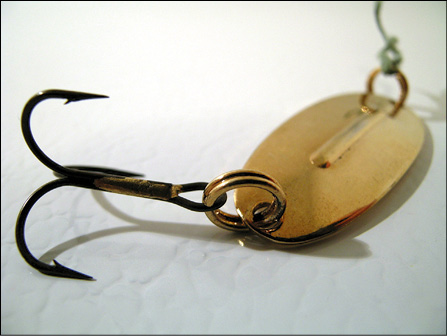
 Fishing hook
Fishing hook
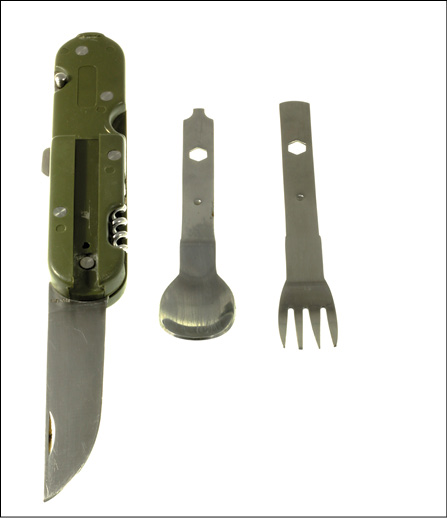
 Utensils
Utensils

 Compact survival saw
Compact survival saw
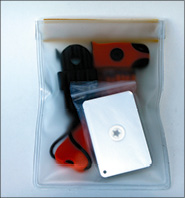
 Waterproof bag with signal mirror, fire starter, and whistle
Waterproof bag with signal mirror, fire starter, and whistle
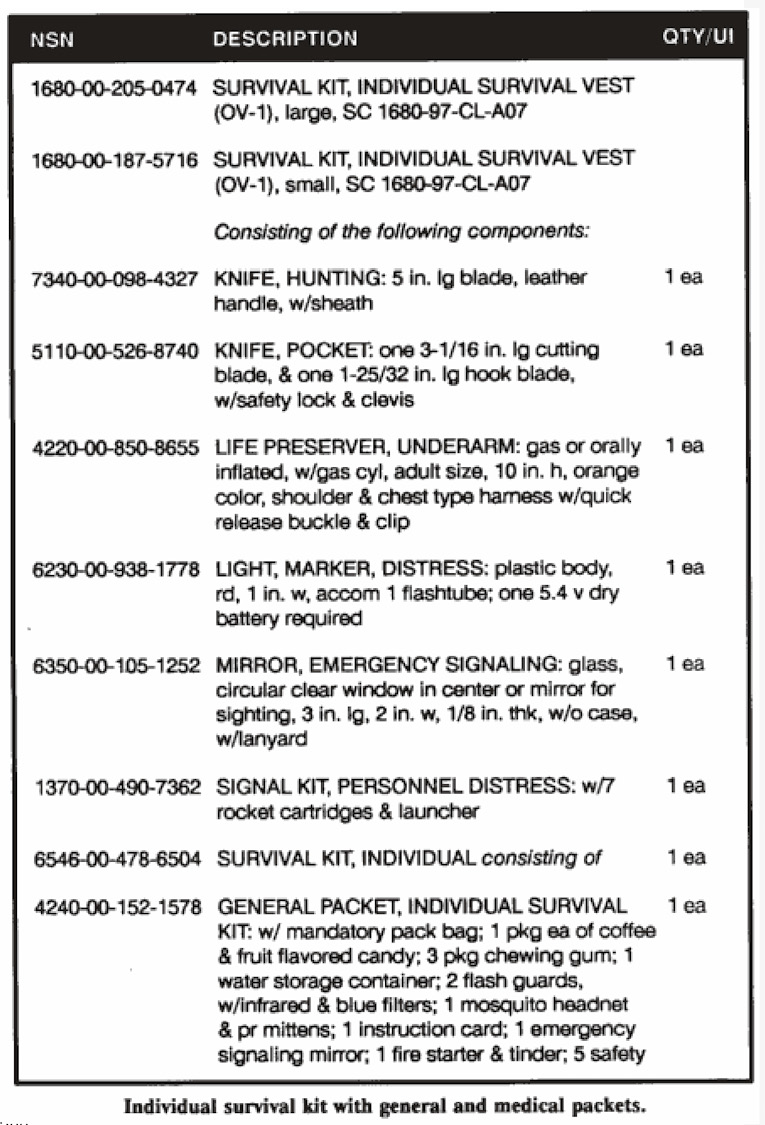
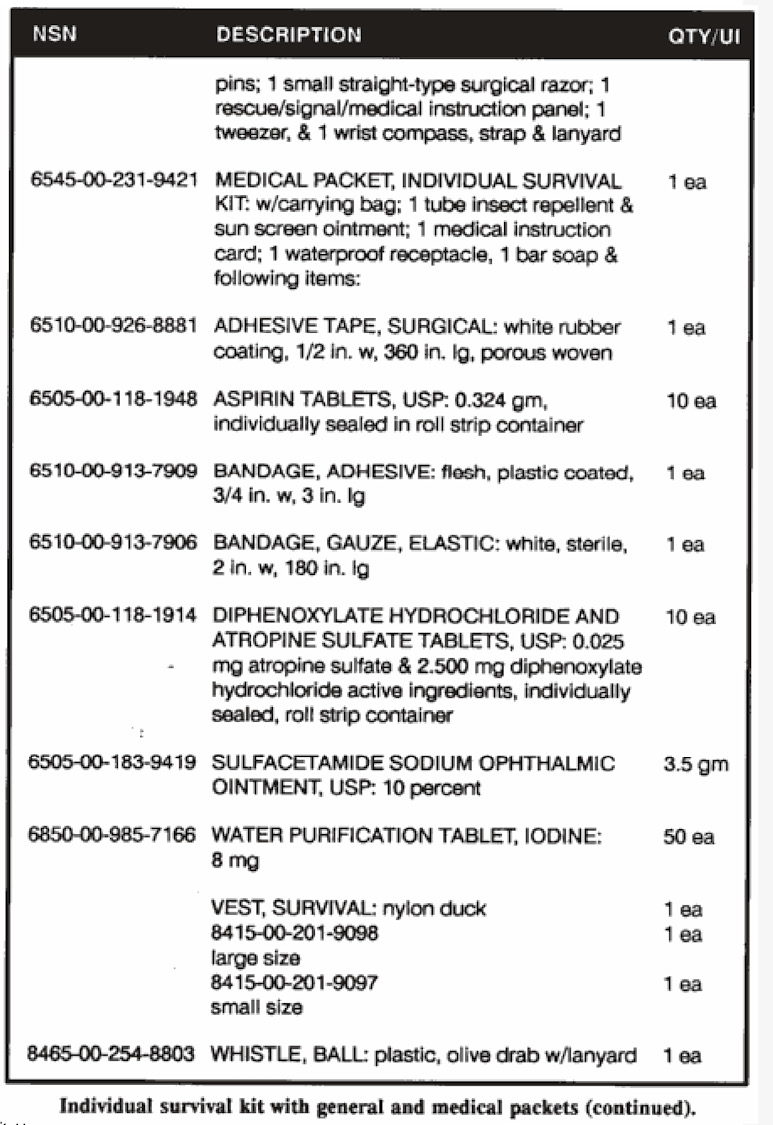
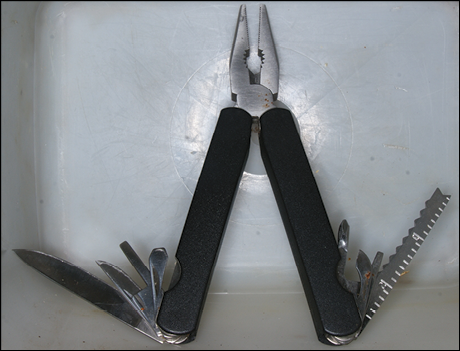


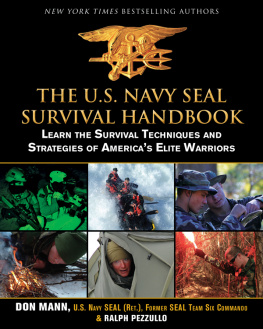

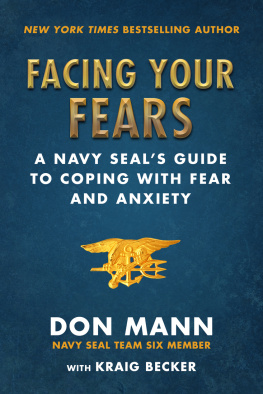



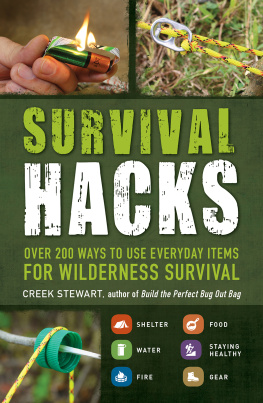
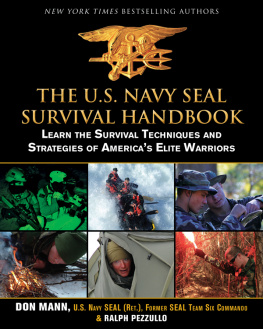
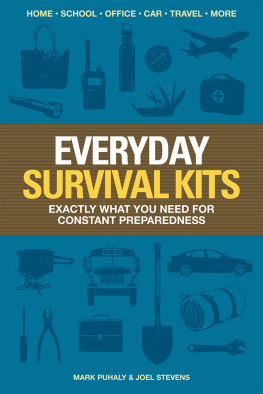
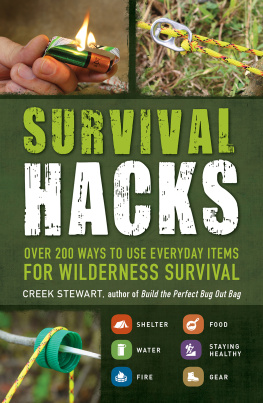
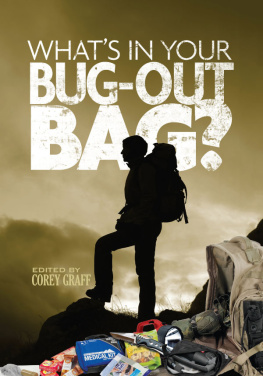



 Fishing hook
Fishing hook
 Utensils
Utensils
 Compact survival saw
Compact survival saw
 Waterproof bag with signal mirror, fire starter, and whistle
Waterproof bag with signal mirror, fire starter, and whistle


 Pliers
Pliers